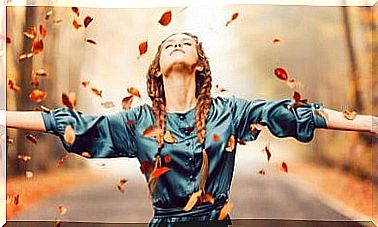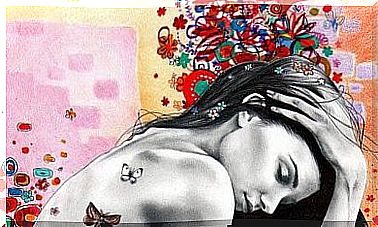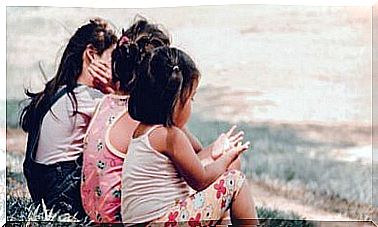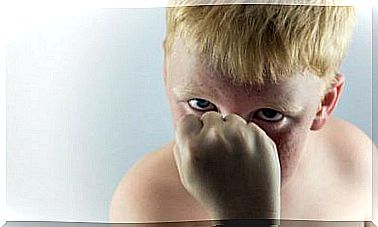Francisco De Goya, Biography Of An Aragonese Painter
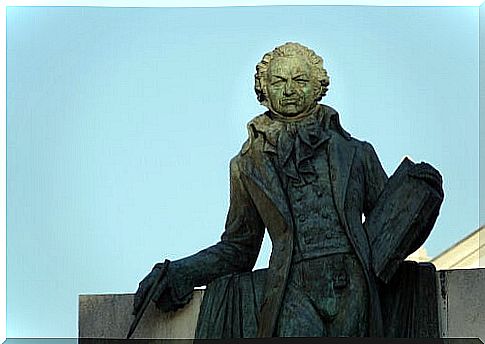
Francisco de Goya was a Spanish painter who became famous for his portraits. Goya was favored by the Spanish nobility and for this reason he received an immense number of commissions.c
His portraits were unique, personal visions that he captured on canvas, without artificially embellishing them. Thus, Goya maintained a non-idealized naturalistic style.
Goya was considered the best Spanish painter of the late 18th and early 19th centuries. In this way, his exemplary portraits, paintings, prints and murals were the beginning of the era of contemporary painting.
Childhood and youth
Francisco José de Goya y Lucientes was born on March 30, 1746 in Fuendetodos, Aragon, Spain. His father was a master gilder of Basque origin, José Benito de Goya y Franque. His mother was a peasant named Gracia de Lucientes y Salvador.
While he was still young, his family moved to Zaragoza. Just a few years later, he began working as an apprentice to the painter José Luzán at the age of 14. With him he learned painting by imitating the works of great masters during the first four years, a common teaching method at the time.
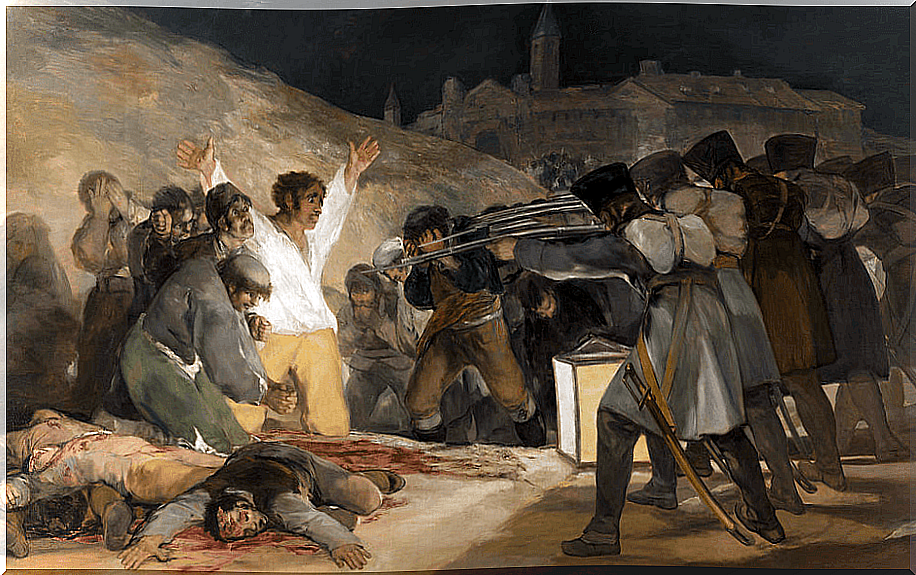
Later he moved to Madrid to study with the German painter Anton Raphael Mengs. However, the young Goya’s art was not very academic at the time.
It was presented at the Royal Academy of Fine Arts of San Fernando in the years 1763 and 1766. However, he was denied admission on both occasions. Later, he moved to Rome in 1771, where he was a finalist in a painting competition that same year. He returned to Zaragoza for various projects, but always for short stays.
In a few years, Goya studied with Francisco Bayeu y Subias, which brought him initial success and recognition.
Professional start of Francisco de Goya
His friendship with Francisco Bayeu earned him admission to the royal workshops in 1774, led by Master Mengs. This year was decisive in the life of the painter because it inaugurated a new period of greater solidity and originality.
In the royal workshops, his job was to paint upholstery caricatures for the Royal Tapestry Factory in Madrid. This work proved to be a blessing for Francisco de Goya’s artistic development.
In the next five years, he completed more than 60 cartoons depicting scenes from everyday life. Several of his caricatures were used to adorn the Spanish royal residences at San Lorenzo del Escorial and El Pardo.
Francisco de Goya managed to rise very quickly in position in the Spanish court. In 1779, he was appointed a painter at the royal court and elected as a member of the Royal Academy of Fine Arts in 1780.
In March 1785, Goya was appointed deputy director of painting at the Academia de San Fernando. Finally, being quite young by the standards of the time, in 1786 he achieved the title of painter to the king.
In these years, he began to be recognized as a portraitist among various royal circles. In a short time, he composed portraits for the Count of Floridablanca, the Crown Prince Don Luis and the Duke and Duchess of Osuna. Thus, he earned a reputation as a portrait artist.
Artwork and style
Goya created a series of masterpieces that reflect his distinctive style and talent. Among his most recognized works are The Black Paintings , The Naked Maja and The Dressed Maja .
Las Majas are considered Goya’s masterpieces. This both because of the legend that was created around them, and because of the images themselves. It should be noted that the naked Maja is the first female figure in the history of painting to show pubic hair. This was totally outrageous for the time.
In 1815, this portrait caused him problems with the Inquisition. From such a mishap, Francisco de Goya was freed thanks to the intercession of powerful figures from his environment.
His Disasters of War , created during the 1810s, is believed to have been a representation of the May 2 Uprising. This uprising occurred during 1808 and led to the Peninsular War of 1808-1814.
In 1814, his paintings May 3 in Madrid and The Charge of the Mamluks were inspired by the battles. These works portray the horrors of the Peninsular War between Spain and France and the subsequent loss of human life.
His works have greatly influenced the later generation of 20th century artists. Goya had a special influence on Pablo Picasso, Paul Cézanne Edgar Degas, Francis Bacon and Edouard Manet.
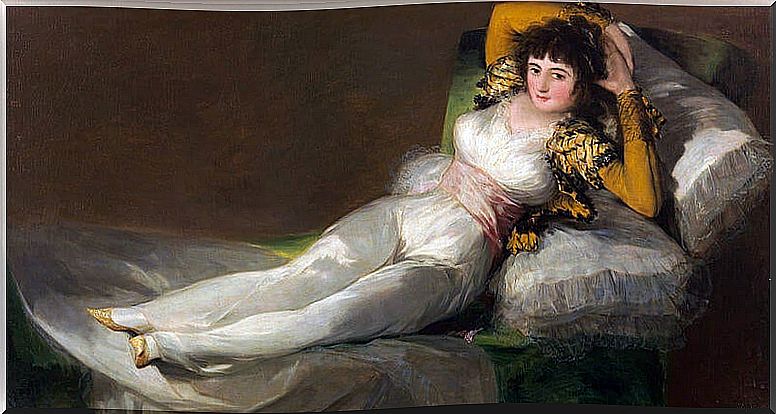
Personal life and legacy of Francisco de Goya
In June 1773, he married Doña Josefa Bayeu y Subias, the sister of his art teacher, Bayeu. Although the couple had several children, only one survived to adulthood: their son Xavier. Later, he married for the second time with Leocadia Weiss, with whom he had a daughter Maria Del Rosario Weiss.
In 1793, at age 47, the artist contracted a disease that affected his professional and personal life. It is not certain what illness afflicted him, but it developed quickly. The artist spent almost two years recovering. He had serious sequelae, the most important of which was absolute deafness.
Many historians think that this condition marked the beginning of his black series. Of course, his illness also coincides with the works in which his imagination manifested itself most freely.
He moved to the outskirts of Madrid, where he bought a house along the Manzanares river called Quinta del Sordo (Village of the deaf man). Although he had moved there in 1819, Francisco de Goya moved to Bordeaux in 1824 and then to Paris.
He returned to Spain in 1826, but quickly returned to Bordeaux. In France, he suffered a stroke in April 1828, dying at the age of 82.
He was buried in Bordeaux, in the Pantheon of Illustrious Men of the San Isidro cemetery. The master’s remains were exhumed and buried in the Royal Chapel of San Antonio de La Florida, Madrid, in 1919.
Several films have been made depicting his life. Without a doubt, he was an illustrious character in world art. Some of these films are The Maked Naja (1958), Goya in Bordeaux (1999), Goya’s Ghosts (2006) and the documentary Goya – Crazy Like a Genius (2012).

